Tales of Studebaker, The Early Years
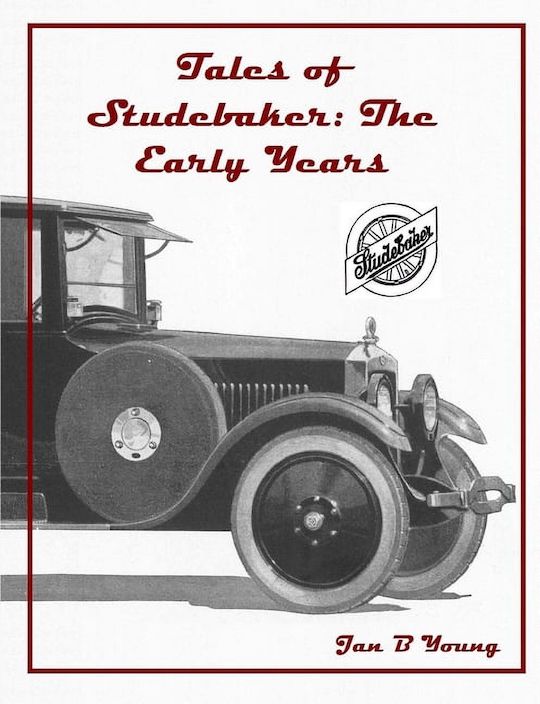 by Jan B Young
by Jan B Young
Right at the outset the author makes it clear “this is not a book about cars” but rather about “the people who founded and worked for Studebaker and the companies that were connected to it and were influenced by it.” Also that “it consists of . . . short stories on subjects not extensively discussed in other histories.”
That author, Jan Young (he), is far from being new to writing and publishing as a glance at his website quickly proves for there you’ll find a comprehensive list of the 59 titles he’s written and published to date. It’s evident from the diversity of those titles and subjects that he has an inquiring mind. For each title there’s a clear description of the content along with an easy link to his POD publisher lulu.com. Therein, too, is a plus as Lulu has printing facilities on several continents around the globe enabling orders to be filled promptly and economically.
For this book Young has assembled 38 historical vignettes from Studebaker’s earliest years. Most are a page or two long but two do go into some depth on their respective topics. One is a survey of Studebaker’s “New York Facilities” of which there were 42 from 1840 to 1930. They followed the growth of the greater New York City area which was, as most are aware, actively growing during that timeframe and thus Studebaker was responding to the population and developmental shifts by adding more shops, showrooms, and offices in order to be always be conveniently located to its customers.
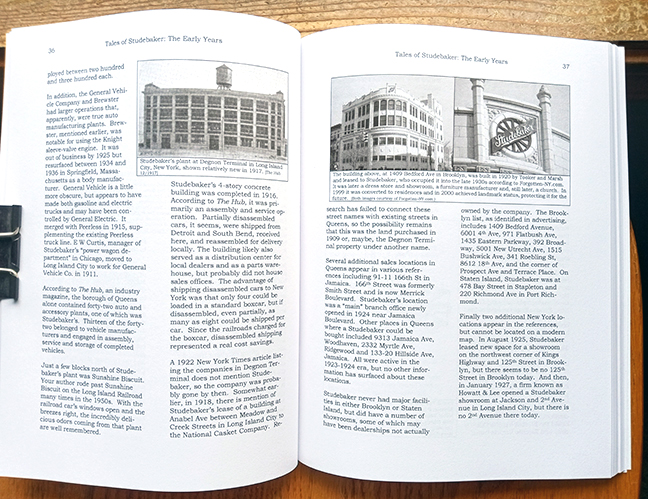
Image on left page shows Studebaker’s still relatively new plant located at Degnon Terminal on Long Island circa 1917. Facing page shows the building Studebaker leased in 1920 at 1409 Bedford in Brooklyn that is extant today as it’s historically protected with its interior reconfigured as residences.
The section titled “Related Companies” opens by listing the iterations of Studebaker itself followed by others in which Studebaker corporation or Studebaker family members had direct ownership. Another list of “primary corporations and their subsidiaries” in which “the extended Studebaker family had interests other than the primary corporations and their subsidiaries” follows. It’s of interest as it directly relates to how “later generations earned their living.” Some of those companies have such interesting biographies that extra explanation is offered on two dozen of them.
Part of a section headed “Promotions” tells of a program described as “partly customer relations and partly market research” during which a customer’s car was temporarily hooked up to a can filled with exactly one gallon of fuel. The customer was invited to drive with a factory technician as passenger so that a precise miles-per-gallon usage could be determined. Then another precisely filled little tank was hooked up with the technician driving while explaining to the owner, who was now the passenger, ways to obtain better mileage. “Reports from the program indicated that few customers kept their carburetors in good condition and many had serious misconceptions about how to conserve gas while behind the wheel.” Then there’s this sentence, “It must have required technicians with the tact of an English Lord to avoid implying that the owner was an idiot.”
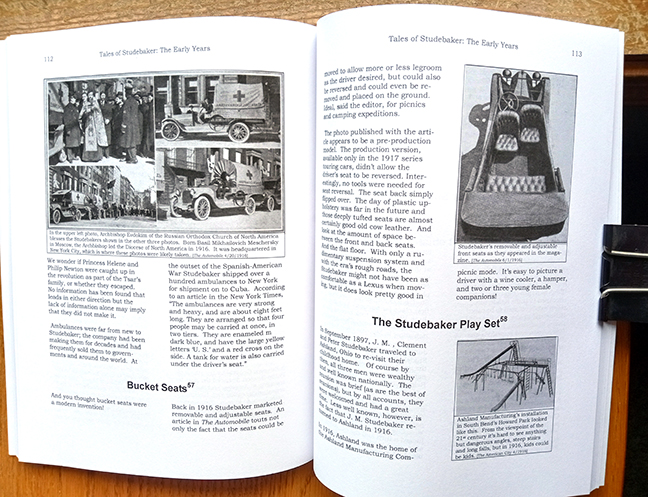
Images on lefthand page were shot in New York with, top left, an archbishop of the Russian Orthodox Church blessing the Studebaker ambulances shown in other three images prior to their being shipped to serve on WWI battlefields. Facing page, think of it, bucket seats and reconfigurable interiors in Studes date to 1916. Lower right is a playground set J.M. (John Mohler) Studebaker commissioned to be constructed following his configuration specifications.
The two eldest of the Fisher brothers established their carriage and subsequently vehicle body building company in 1908. When Studebaker’s chief engineer James Heaslet placed an order with them in 1912 it was the biggest they’d received to date. Needing more space a new factory was constructed. By 1919 they’d been absorbed into GM.
Then in 1927 Studebaker announced a model-building contest for boys of school age. All who wished to participate were encourage to request the official rules and an application. Could it be that this contest planted the seed for the Fisher Body Craftsman’s Guild which began three years later?
The foregoing is but a sampling of a few of the vignettes found on the pages of Tales of Studebaker. The entire book is lucidly written and with obvious attention to details such as correct spelling, punctuation, and the like. Best yet there’s a thorough five-page index and each vignette has its sources cited on the pages of the end notes.
Tales offers a look at life in America 1852 to 1930 and the then-nascent automobile industry and more.
Copyright 2024 Helen V Hutchings, SAH (speedreaders.info)


 RSS Feed - Comments
RSS Feed - Comments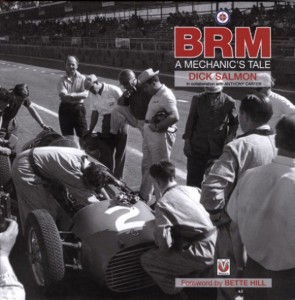
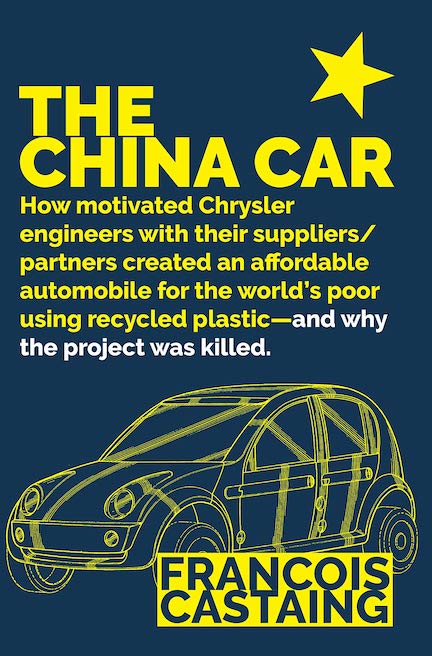
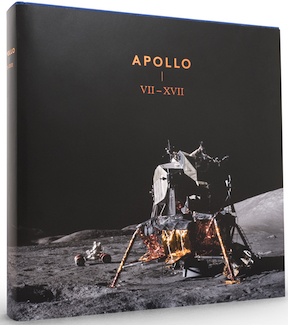







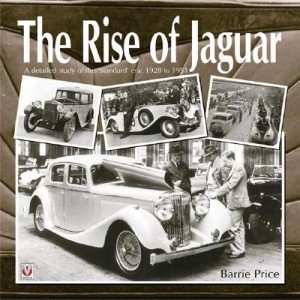

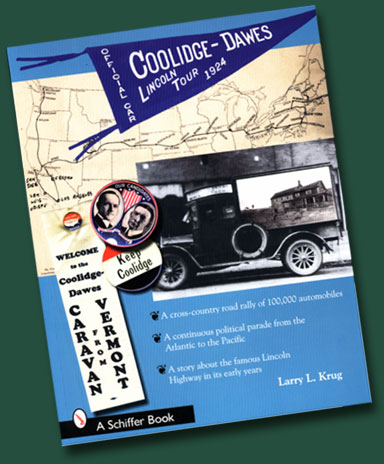



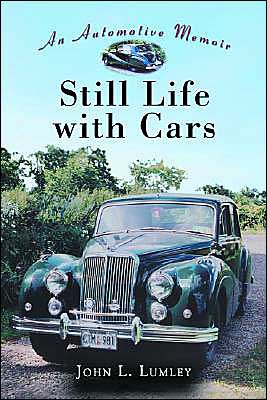
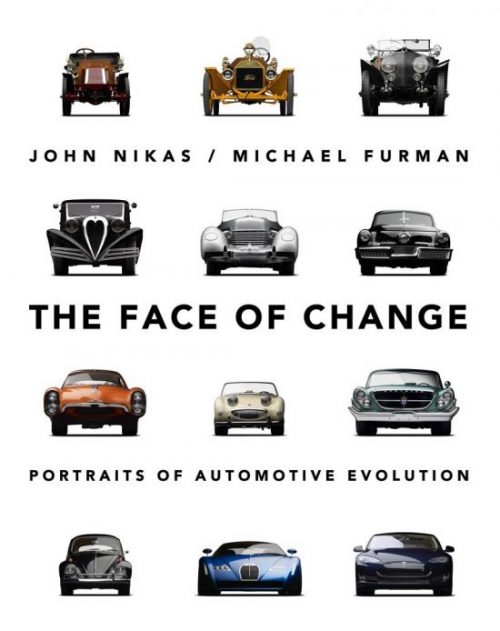


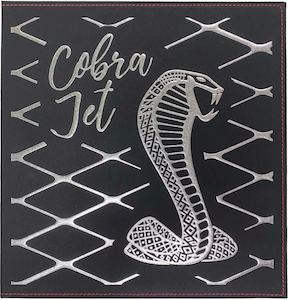

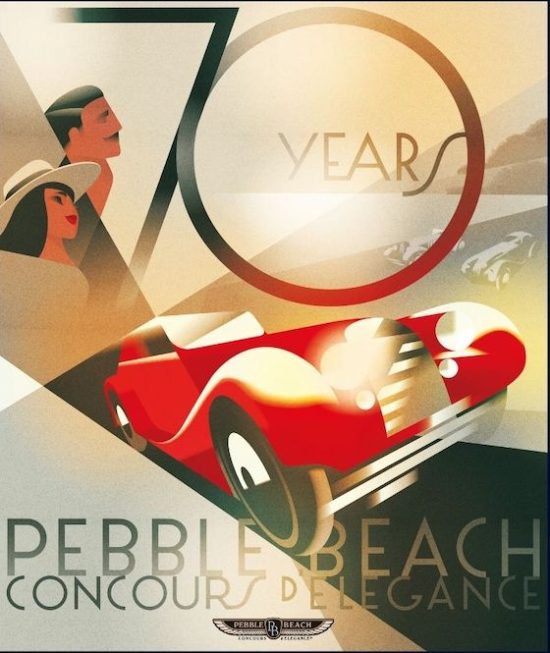
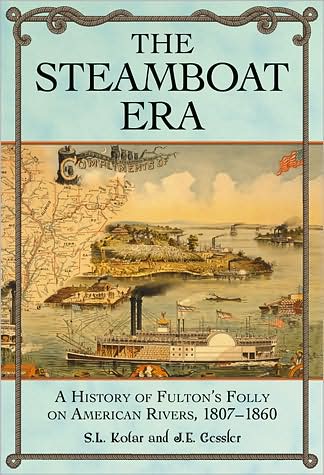


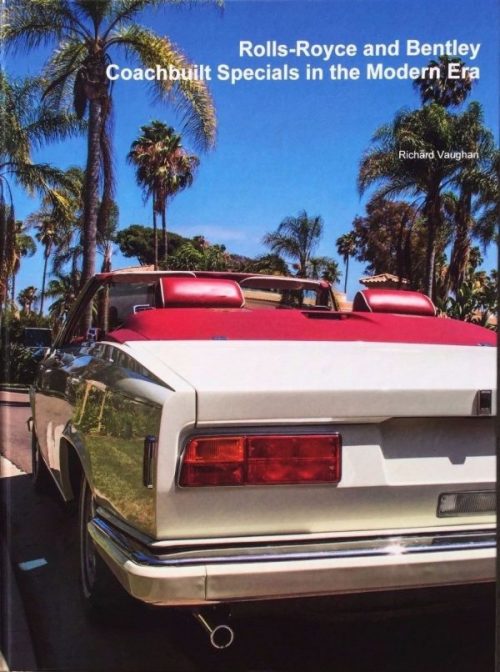










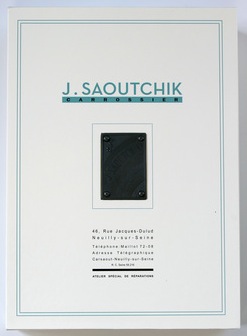

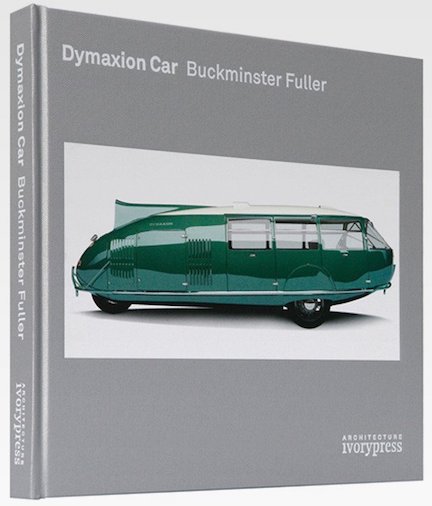


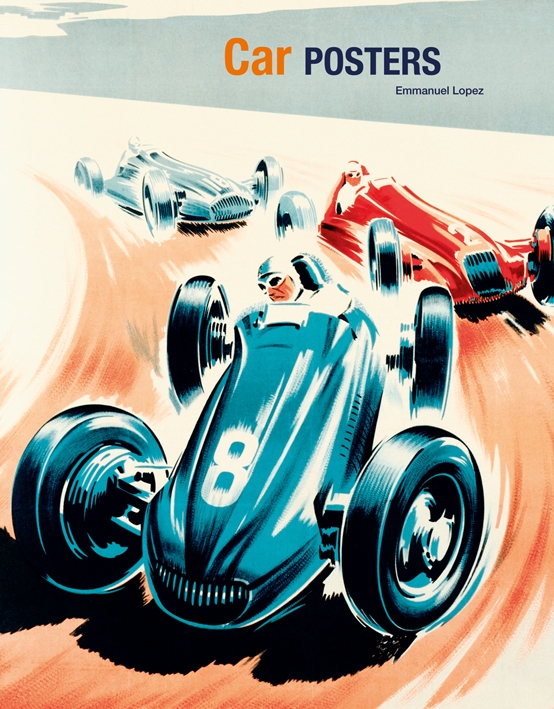



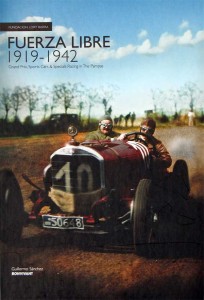
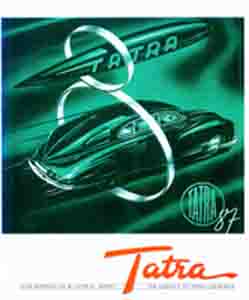
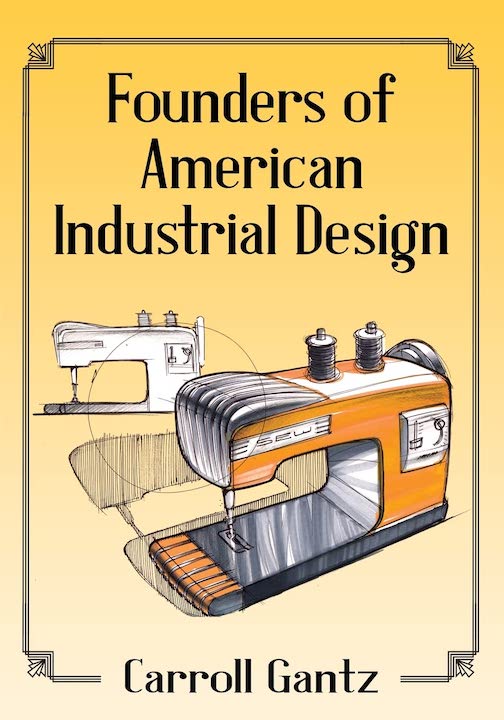






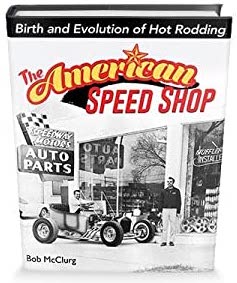
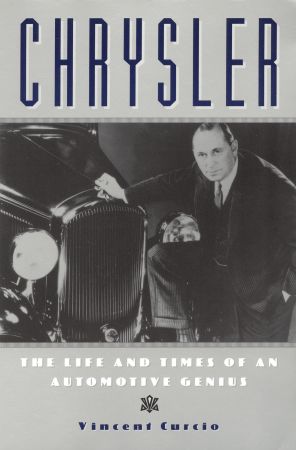

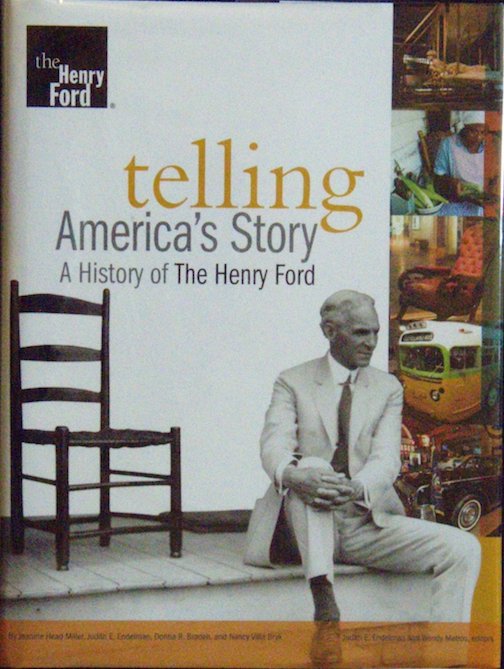






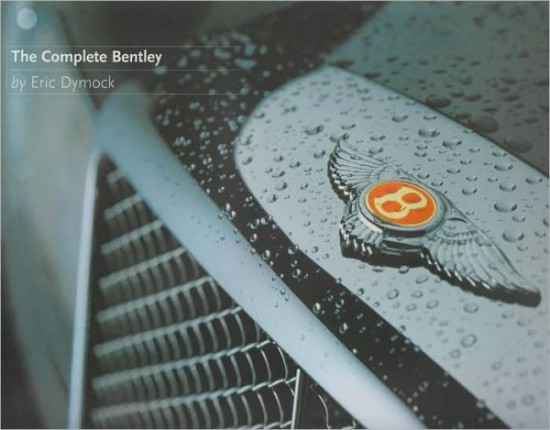

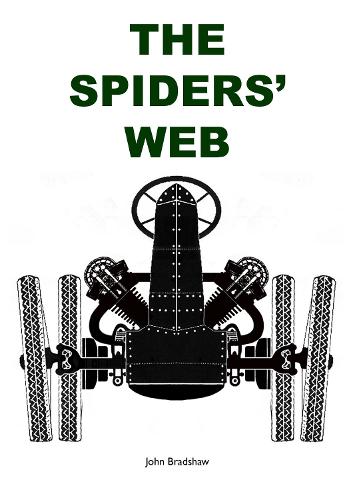
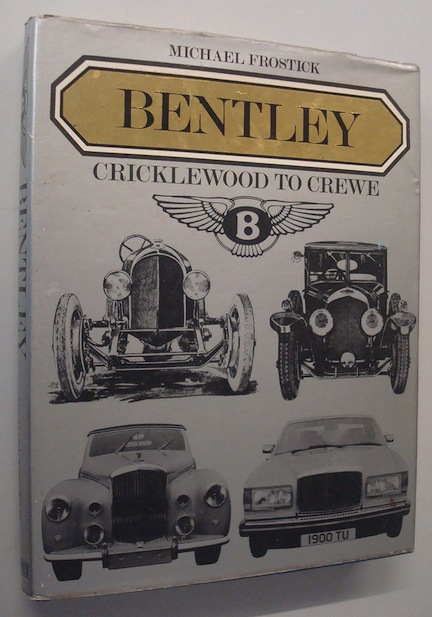


 Phone / Mail / Email
Phone / Mail / Email RSS Feed
RSS Feed Facebook
Facebook Twitter
Twitter